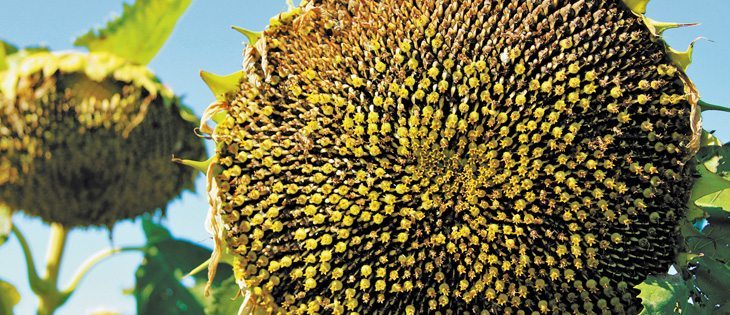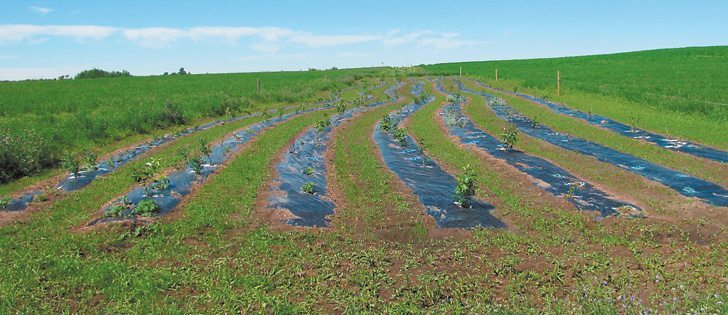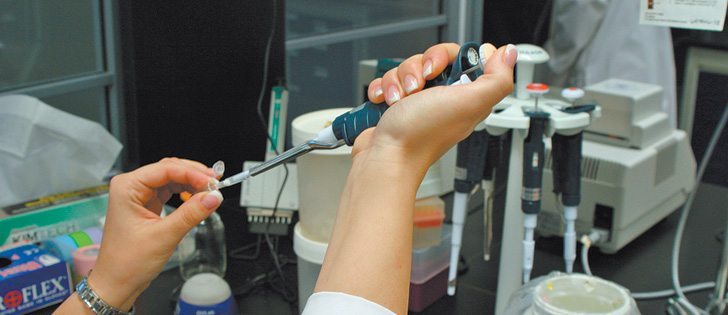VICTORIA – When beekeepers on southern Vancouver Island checked their hives this spring, they discovered colony losses anywhere from 40 to 95 percent.
“It’s catastrophic,” said Sol Nowitz, co-owner of Jingle Pot Apiary in Nanaimo. “Like everything else in agriculture, what tipped the scales was the weather.”
Last fall, he had 275 colonies, each with about 60,000 bees. This spring, 10 colonies survived.
Vancouver Island’s cold, damp weather last spring weakened the bees, Nowitz said.
And with native plants that need a certain degree of moisture to flourish, the Island’s summer heat in 2009 led to low nectar production, readily apparent with the blackberry.
Read Also

Europe holds promise for Canadian lentils
Pulse Canada is trying to help boost lentil consumption in Europe, which is already the fourth largest market.
When the “honey flow is on” bees will work tirelessly to capture the nectar.
On Vancouver Island, the ubiquitous blackberry normally results in a 10 to 12-day honey flow.
In the dry summer of 2009, it was one day, said Nowitz, who began his beekeeping career 35 years ago in Johannesburg, South Africa.
Grant Stringer, a bee breeder from Central Saanich, north of Victoria, said past losses of about 25 percent have been par for the course.
This year at his Van Isle Apiaries, about 40 percent of his bees have died.
“Beekeeping used to be simple. It used to be fun,” he said. “You used to throw bees in a box. Not anymore. Now it’s a job.”
In other parts of the province, death rates have been less dramatic.
B.C’s provincial apiarist said early anecdotal reports are indicating that bees in the rest of the province overwintered very well.
Yet Paul van Westendorp can’t explain why a certain area centred around the Cowichan Valley sustained such high losses.
While some point to climate change, van Westendorp said that has no relevance.
Bees can live in extreme conditions, from the Sahara desert to northern B.C.
While it may be cold in Prince George, it’s also dry. Bee yards may be covered in snow but they survive, Stringer added.
The Vancouver Island die-off prompted a February meeting in Duncan where van Westendorp met with about 40 beekeepers.
What emerged after beekeepers shared their stories is that a handful of factors, all of them related to one another, may have played a role.
The go-to treatment for varroa mites, easy-to-use Apistan, may be losing its effectiveness, van Westendorp said.
Mites may be gaining resistance.
Varroa mites also carry various bee viruses, another blow to colonies.
In 2004, van Westendorp said tests revealed that a variety of benign or latent viruses were present in Vancouver Island bees. Something last season may have triggered those viruses, making them virulent.
The final presumed cause is that beekeepers wanted to take advantage of the late honey crop last year.
In a bid to get the last drop of honey in a challenging year, Island beekeepers kept the colonies humming along later than usual, Stringer said.
Normally, bees should finish collection by mid-August so that mite treatment can be done while temperatures are still balmy.
If there isn’t enough heat, efficacy of the treatment products is reduced, van Westendorp said.
Still, there are questions.
“There is the possibility that there is some organism that we don’t know yet,” van Westendorp said.
Last year at Tugwell Creek Farm, beekeeper and entomologist Bob Liptrot had a big bee population that produced well late into the season.
The mite population also grew and exploited the bees.
This spring, he’d lost about 65 percent of his colonies. Each of the 50 or so colonies once housed 50,000 to 70,000 bees.
Liptrot uses varied methods to eliminate mites, including thymol, oxalic acid and icing sugar.
But he recognizes that Island beekeepers have to change their management techniques.
Some Island beekeepers like Nowitz want the Island quarantine to be relaxed so breeding stock can be brought in from Saskatchewan, Manitoba and Ontario.
In effect on Vancouver Island since the mid-1990s, bees from the rest of Canada and the mainland U.S. can’t be brought onto the island because they may have diseases not found on Island bees.
Bees from the Southern Hemisphere, usually New Zealand, Chile or Hawaii, are most often imported, resulting in bees that lack the right genetics for Island conditions.
The ministry of agriculture is reviewing the quarantine.
Liptrot wants a quick resolution.
“What if the chicken processing industry lost 60 percent of its livestock? What would the ministry of agriculture do? We seem to be ignored,” he said.














